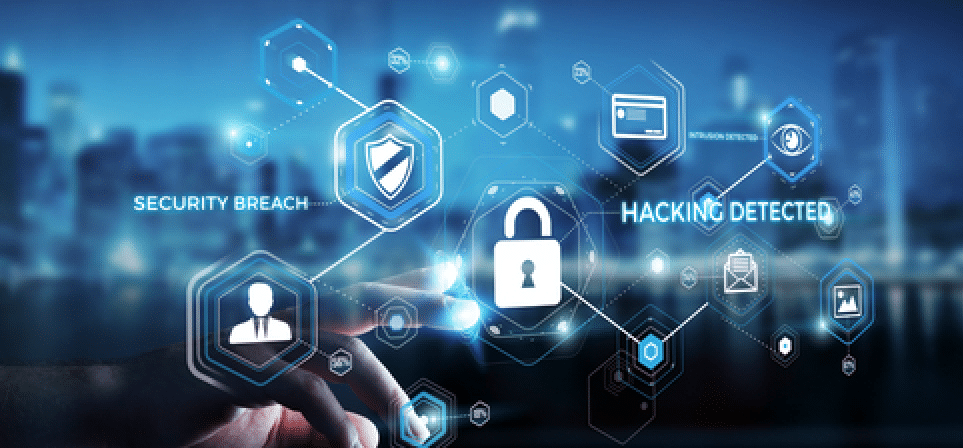By Daniel Newman, CEO, Broadsuite Media Group
With remote work here to stay for many organizations, endpoint security has never been more crucial. Why? Employees are now working from so many locations, on so many different devices, that it would be nearly impossible for any single IT team to verify that employees will use VPNs or other security measures to access them. A recent survey from HP showed that 76 percent of office workers surveyed said working from home during the pandemic has blurred the lines between their personal and professional lives. In fact, some 30 percent admitted to allowing someone besides themselves use their work laptops, often more than once per day. Even more surprising: nearly half of workers now think of their work laptops as personal devices.
With remote and hybrid work clearly remaining part of our collective new normal, it’s time for organizations to get serious about their network security. While many must give remote access to networks and servers, they don’t have to simply hand over the keys over and walk away. Whether it’s an employee device or a customer-facing device, if an organization can force devices connecting to its network to follow certain security measures, they then can ensure protection from potential cyberattacks.
Why Protecting Against Cyberattacks is Key
Security is, or certainly should be, an integral part of business strategy today — both from a hardware standpoint and a software standpoint. Why so important? Between February and April 2020, HP’s research shows there was a 238% increase in global cyberattack volume — threat actors wasted zero time taking advantage of a global pandemic that necessitated an immediate pivot to work from home.
Let’s take a look at some other stats. In 2020 alone, ransomware, one of the most common cyber threats, spiked by 150%, with email being responsible for approximately 94% of all malware. A whopping 300,000 new pieces of malware are created daily, and some 24,000 malicious mobile apps are blocked daily on the internet. Some 64% of companies worldwide report they’ve experienced at least one form of a cyberattack, and every 39 seconds there is a new attack somewhere on the web. Almost a little overwhelming to think about, isn’t it?
Obviously, this presents great risk to organizations of all sizes, both from a reputational and customer trust standpoint, as well as the costs involved in remediating a cybersecurity breach, which are predicted by Cybercrime Magazine costing organizations upwards of $6 trillion dollars by the end of 2021. So how do organizations protect themselves? The answer lies in endpoint security.

